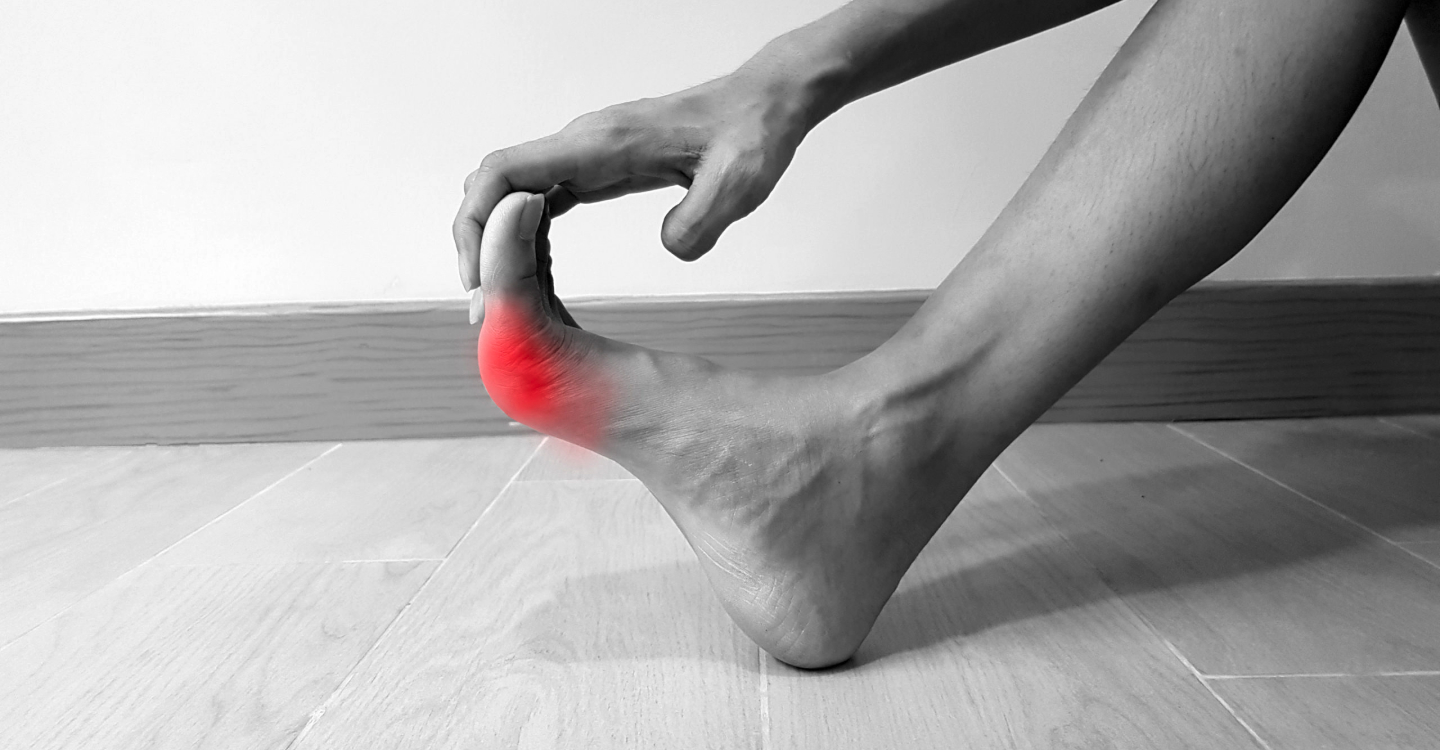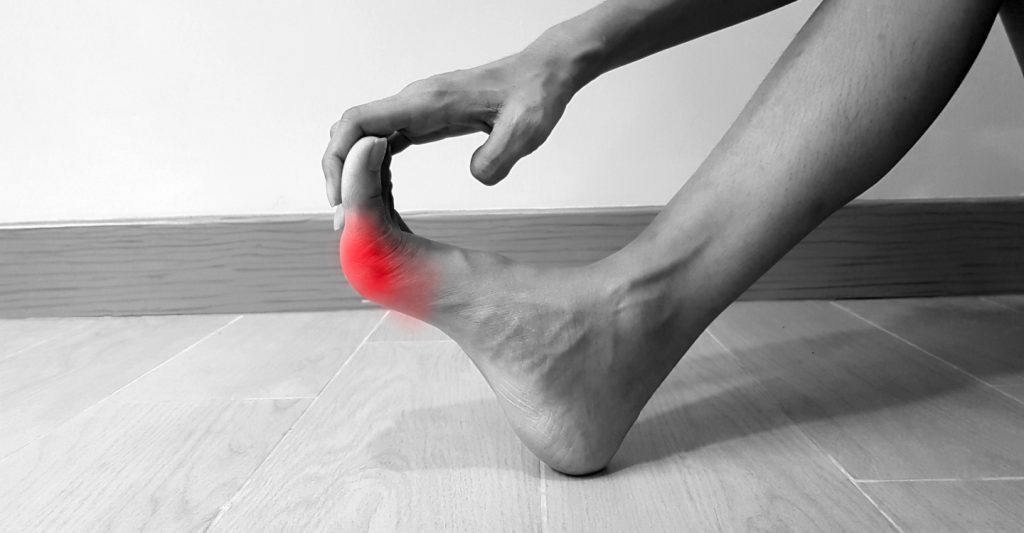
Cycling is a great form of exercise and a favorite pastime of adults and children alike. The old saying “it’s like riding a bike” comes from the understanding that once you learn how, riding a bike is something you never forget how to do. However, that doesn’t mean the process of riding a bike as an adult will be exactly as if you were still a child. It’s important to take precautions. Read on for foot care tips for cyclists.
Foot pain can develop from cycling. If your feet start to hurt as you ride your bike, you may benefit from changing your cycling posture or footwear. This is especially common following longer rides, whether you ride every day, or just once in a while.
Some cyclists may experience a painful, burning sensation in the ball of the foot that is sometimes referred to as “hot foot.” This is a condition known as metatarsalgia. This condition is often brought on by hot weather, but may also occur due to poor-fitting footwear. In some cases, it’s a combination of those two issues that lead to this type of foot pain.
Preventing Metatarsalgia
During a flare-up on a ride, taking pressure off the foot and allowing it to cool off is the best solution. However, there are tips you can use in advance of any bike ride to ensure a better experience for you and your feet, and decrease your risk of getting metatarsalgia. Here are foot care tips to prevent metatarsalgia for cyclists:
- Make sure your shoes fit: When you go shopping for your biking shoes, make sure they have a proper fit. Always keep in mind that feet tend to swell as you exercise. If you are buying cycling shoes, pull out the insole and hold it up to the bottom of your foot. If any part of your foot is wider than the insole, you need to choose a wider shoe.
- Get thicker socks: Your feet have natural fat pads designed to absorb impact and protect the foot, but they naturally thin through age and use. Choosing thicker socks with special cushioning at the heels and balls of the foot will better support your foot. Make sure your shoes also have the right amount of cushion for the kind of bicycling you do.
- Move your foot so the pedal is a little closer to the heel: Instead of riding with the majority of the weight squarely on your forefoot, try moving your foot so the pedal is a little closer to the heel than you usually have it. You may want to consider getting wider bike pedals, too, which will allow the pressure on your foot to be distributed over a wider area.
- Get moisture-wicking socks: Via the advances of modern technology, we now have a world beyond cotton socks that includes fibers like Coolmax and Thermax. Find the best moisture-wicking socks available, and be sure to try them on with your cycling shoes to get just the right combination.
Along with securing proper footgear, there are also simple stretching exercises you can do while not on your bike to enhance foot health. Exercises that gently stretch the ankles can help with motion and improve stability. Rolling a tennis ball under your bare foot can provide a mini foot massage and get at pressure points that may help release tension in the foot. Finally, practicing good foot hygiene with proper cleansing and care can go a long way toward better feeling feet.



